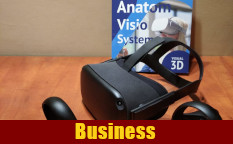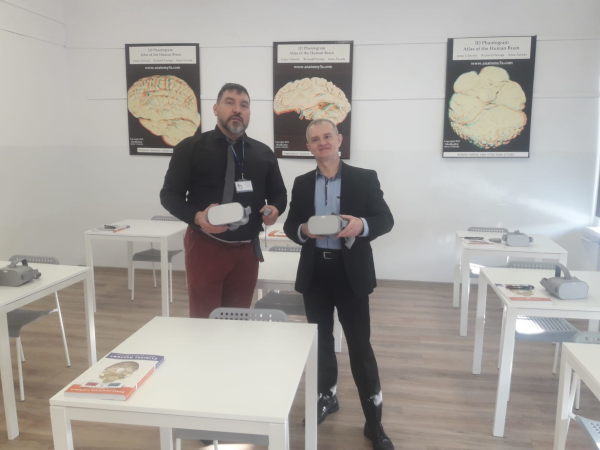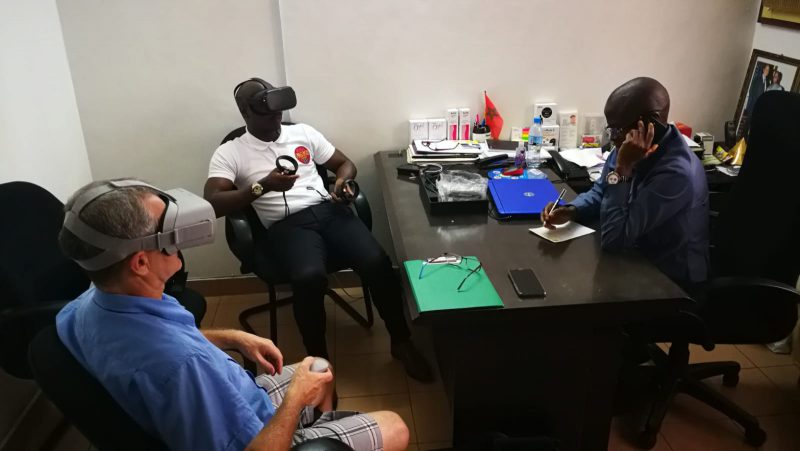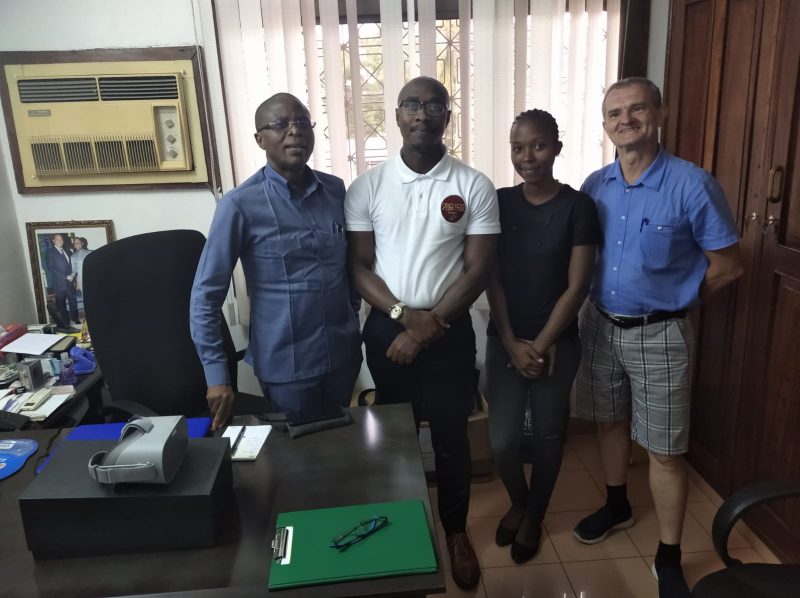Anatom Visio 3D System

Distribution and development of the Anatom Visio 3D System for education and training sessions in anatomy and surgery
The dynamic development of imaging technology and rapid generation of three-dimensional images creates new demands and opportunities in the field of education of doctors and students at medical departments.
The Anatom Visio 3D System is the world’s first solution that by exploiting the VR (virtual reality) visualization technology using the Oculus Go, Quest, Rift and other VR glasses offer a wide range of opportunities to work in virtual reality with full three-dimensional high resolution real human post-mortem specimens or three-dimensional objects obtained through merging the CT (Computed Tomography scan) and MRI (Magnetic Resonance Imaging) images of the patient. Owing to the so-called extended virtual reality (Anatom Visio 3D AVRO CUBE System), the instructing doctor can supervise and provide training in detailed anatomy of a given region to several students or doctors at the same time.


Using the hand-held controllers, the trainees can zoom in or out, rotate, immerse into the patient, thus being able to locate and identify the selected anatomical structures (blood vessels, muscles, nerves, bones, etc.) as requested by the instructor.


With this technology, as with pilot training in simulators, a trainee can learn perfectly and quickly the detailed topography of the human body. The system significantly reduces the total training time of a doctor or student, while increasing the effectiveness of the process.
According to the needs and preferences of the clients (higher education institutions), the Anatom Visio 3D System can be sold along with human plastinated specimens. The specimens obtained through plastination, i.e. a unique preparation process whereby water and fats (necessary for development of rotting bacteria) are removed from body tissues which are then saturated with certain polymers to stop their decomposition, are extremely valuable and durable products, which visualize well any anatomical structures. They do not need to be stored in special conditions. They are odourless and retain the colours and shapes of the previously dissected tissues.
The three-dimensional photos of human specimens ordered by the client (e.g. head and neck, heart, limbs, etc.) serve as libraries for virtual reality education. It should be emphasized that viewing a corpse first in virtual reality reduces the risk of destroying real specimens by students during real post-mortem classes.
Working visit at Kazimierz Pułaski University of Technology and Humanities in Radom 2019-12-19
Before going to Tanzania we visit one of the first universities to use the Anatom Visio 3D System in the teaching process of medical students.

Work meeting in Warsaw 2020-03-06
Work meeting in Warsaw, to create Road Map of 2020 for presentations and implementations in Tanzania and East African Community (EAC).


Dr Łukasz Wysieński (Consulting Care), Hanna Ksycińska (Consulting Care), Shaaban Mussa Mgonja (SMJP LTD), Jacek ‘Hodża’ Paciorek (SMJP LTD). Warsaw 2020-03-06
Presentation in Dar es Salaam 2020-03-23
Practical classes on Anatom Visio 3D System. Work with Oculus Go and Oculus Quest.

Planing of presentations at the medical universities in Tanzania.

